The concept of communicating with deities or divine beings has been a part of human history and culture since time immemorial.
Among the many entities that people have sought to connect with, water goddesses have held a significant place in various mythologies and cultures.
These deities are often associated with water bodies such as rivers, oceans, and springs, and are believed to hold the power to grant blessings related to fertility, healing, and abundance.
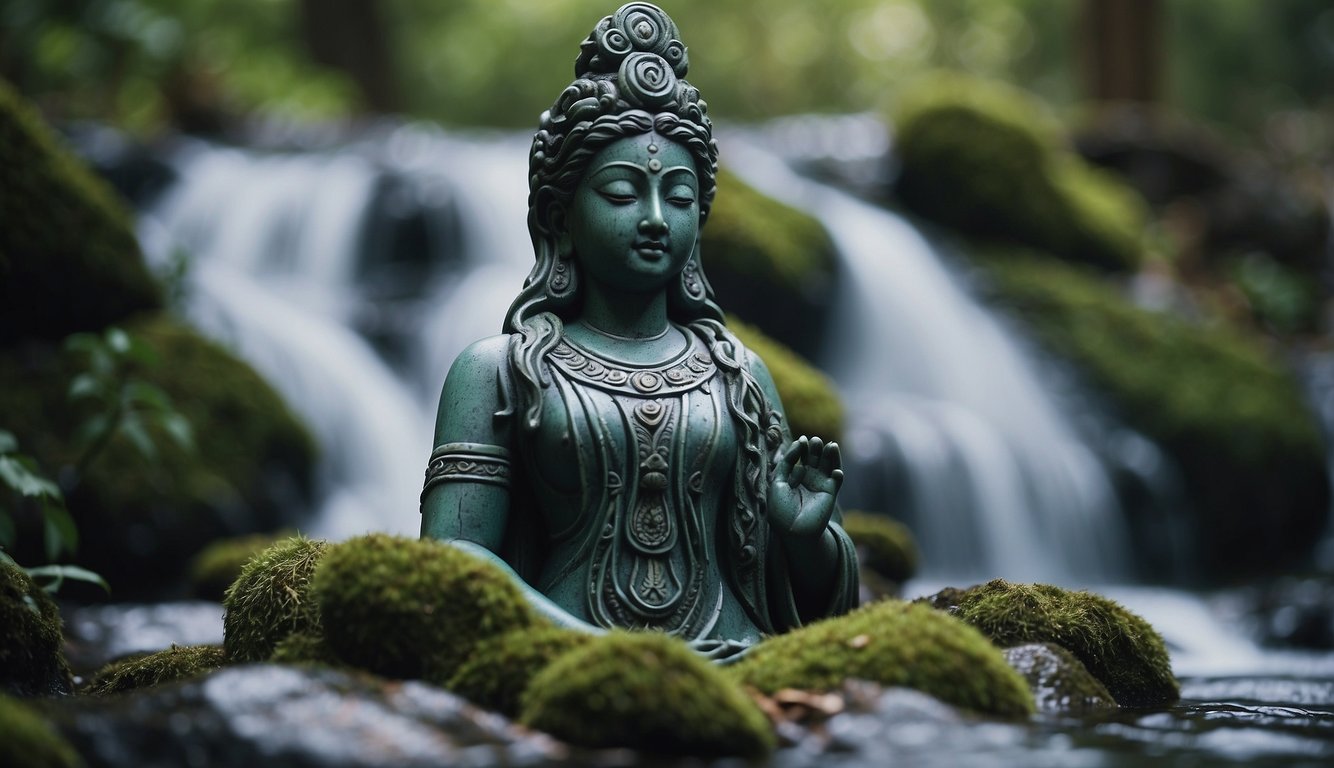
For those who seek to communicate with water goddesses, understanding their significance and mythology is crucial. Different cultures have their own stories and rituals associated with these deities, and learning about them can help one establish a deeper connection.
Additionally, communication with water goddesses often involves symbolism and signs, which can be interpreted through intuition and observation.
In this article, we will explore the ways in which one can communicate with water goddesses, drawing from various mythologies and practices. From understanding the significance of these deities to learning about the different symbols and rituals associated with them, this guide aims to provide a comprehensive overview for those who seek to connect with the divine feminine energy of water.
Table of contents
Water Deities

Water deities have been worshipped since ancient times and are an important part of many cultures across the world. These deities are associated with water bodies such as rivers, oceans, and lakes, and are believed to have control over the natural world.
Understanding the historical significance, attributes, and variations of water goddesses can help one communicate with them effectively.
Historical Significance
Water deities have been worshipped since ancient times and are an important part of many pantheons and mythologies. In ancient Egypt, the goddess Isis was associated with the Nile River and was believed to have control over the river’s floods.
In Greek mythology, Poseidon was the god of the sea and earthquakes. In Hinduism, the goddess Ganga is associated with the Ganges River, which is considered sacred.
Attributes of Water Goddesses
Water goddesses are often associated with the natural world and creation. They are believed to have control over water bodies and can influence the weather and climate. They are also associated with fertility, purification, and healing.
In many cultures, water is seen as a symbol of life, and water goddesses are believed to have the power to give and sustain life.
Variations Across Cultures
Water goddesses have different attributes and names across different cultures. In Japanese mythology, the goddess Mizuho was believed to have control over water and was associated with purity and cleansing.
In African mythology, the goddess Mami Wata was associated with water bodies and was believed to have the power to grant wealth and prosperity.
In Native American mythology, the goddess Sedna was associated with the sea and was believed to have control over sea creatures.
Understanding the historical significance, attributes, and variations of water goddesses can help one communicate with them effectively. It is important to approach these deities with respect and reverence, and to understand the role they play in different cultures.
By understanding these aspects, one can develop a deeper connection with water goddesses and harness their power for positive change.
Cultural Practices and Rituals
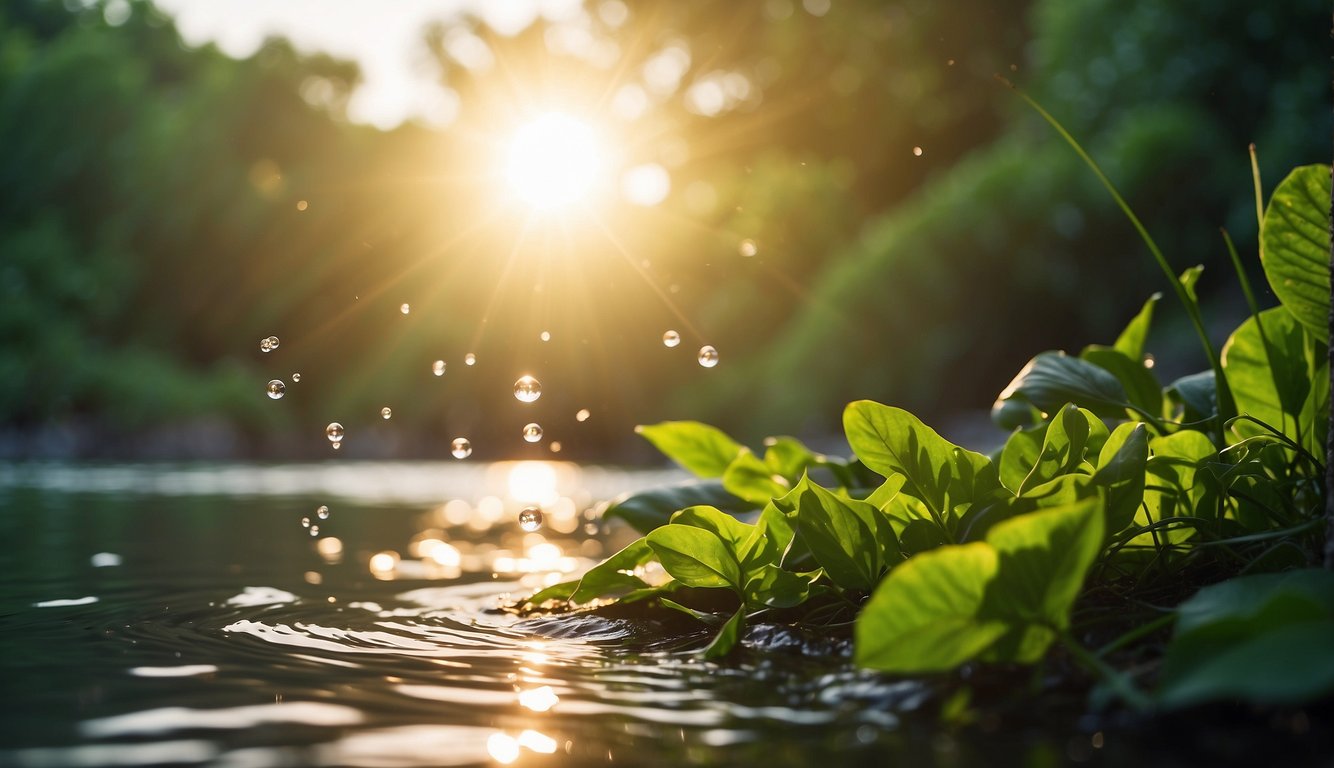
Rituals and Offerings
In order to communicate with water goddesses, various rituals and offerings are performed. These practices vary across cultures and regions, but they all share a common goal of showing respect and gratitude to the water goddess.
One common ritual involves offering flowers, fruits, and sweets to the water goddess. These offerings are usually placed in a small boat or basket and floated on the water. This gesture is believed to please the goddess and ensure her blessings.
Another popular ritual is the pouring of sacred water over a statue or image of the water goddess. This is done as a sign of respect and devotion to the goddess. The water used in this ritual is usually collected from a sacred source, such as a river or a well.
Festivals and Celebrations
Water goddesses are often celebrated during festivals and other cultural events. These celebrations are a way to honor the goddess and seek her blessings.
One such festival is the Hindu festival of Gangaur, which is dedicated to the goddess Gauri. During this festival, women decorate clay idols of the goddess and offer prayers and sweets to her. The idols are then immersed in water, symbolizing the goddess’s return to her abode.
Another festival that celebrates water goddesses is the Japanese festival of Mizu Matsuri. This festival is held in honor of the water god, Suijin. During the festival, people carry portable shrines containing the deity and parade through the streets. The festival also involves offerings of food, dance performances, and other cultural activities.
Symbols and Altars
Symbols and altars are important elements in the worship of water goddesses. These objects are used to represent the goddess and create a sacred space for her worship.
One common symbol of water goddesses is the lotus flower. This flower is associated with purity and enlightenment and is often used in offerings and decorations.
Altars dedicated to water goddesses are usually adorned with images of the goddess, flowers, and other offerings. These altars are considered sacred spaces and are used for prayer and meditation.
In conclusion, communicating with water goddesses involves a variety of cultural practices and rituals. These practices are meant to show respect and gratitude to the goddess and seek her blessings. By understanding these practices, one can develop a deeper appreciation for the role of water goddesses in various cultures and traditions.
Methods of Communication
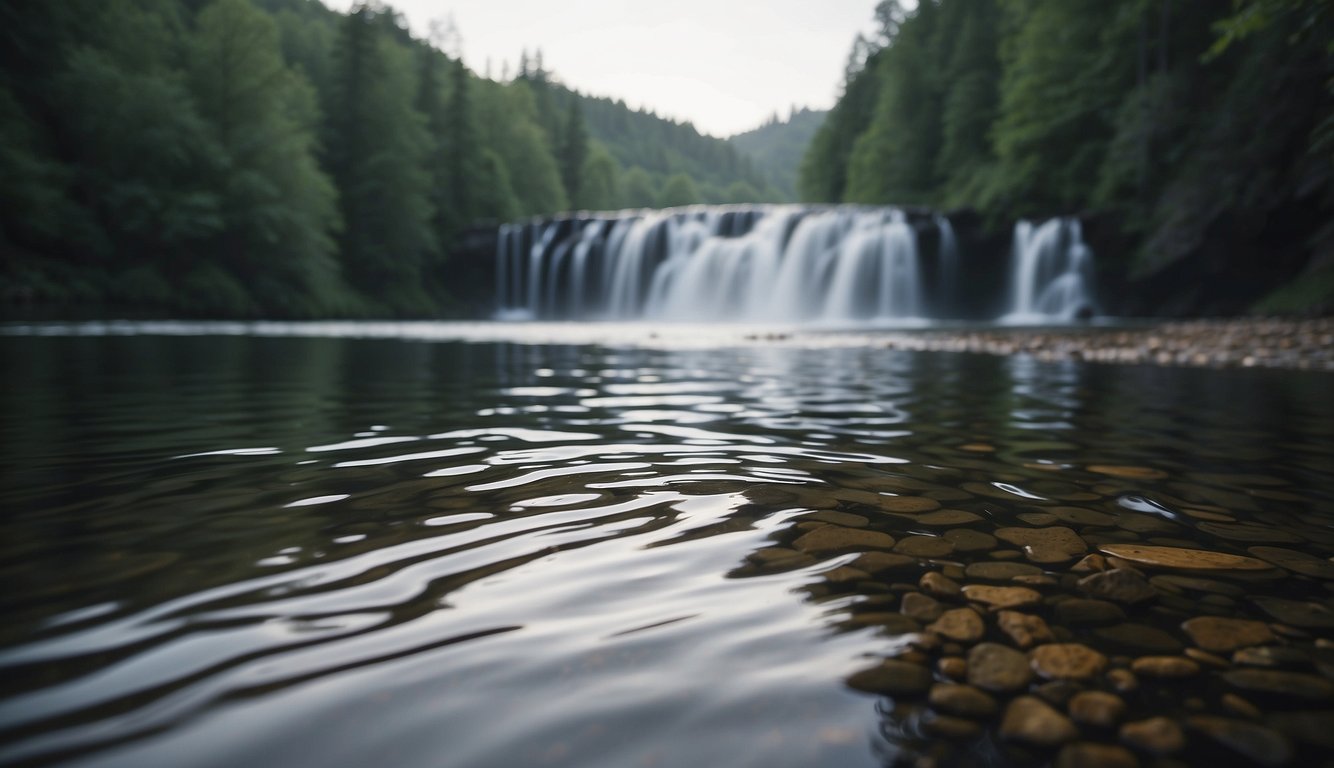
There are various methods one can use to communicate with water goddesses. Each method has its own unique benefits and can be used in different situations. Here are some of the most commonly used methods:
Prayers and Invocations
Prayers and invocations are one of the simplest and most effective ways to communicate with water goddesses.
A prayer is a direct request or expression of gratitude to the goddess, while an invocation is a ritualistic summoning of the goddess’s energy. When performing a prayer or invocation, it is important to be respectful and sincere.
Meditation and Visualization
Meditation and visualization can also be used to communicate with water goddesses. By quieting the mind and focusing on the goddess’s energy, one can receive insights and guidance. Visualization involves creating a mental image of the goddess and communicating with her in this way.
Dreams and Divination
Dreams and divination can be powerful tools for communicating with water goddesses. Dreams can provide intuitive insights and messages from the goddess, while divination tools such as tarot cards or runes can offer guidance and clarity. It is important to pay attention to any symbols or messages received during these practices.
Overall, there are many ways to communicate with water goddesses. By using one or more of these methods, individuals can deepen their connection to the goddess and receive guidance and insights.
Spiritual and Healing Aspects
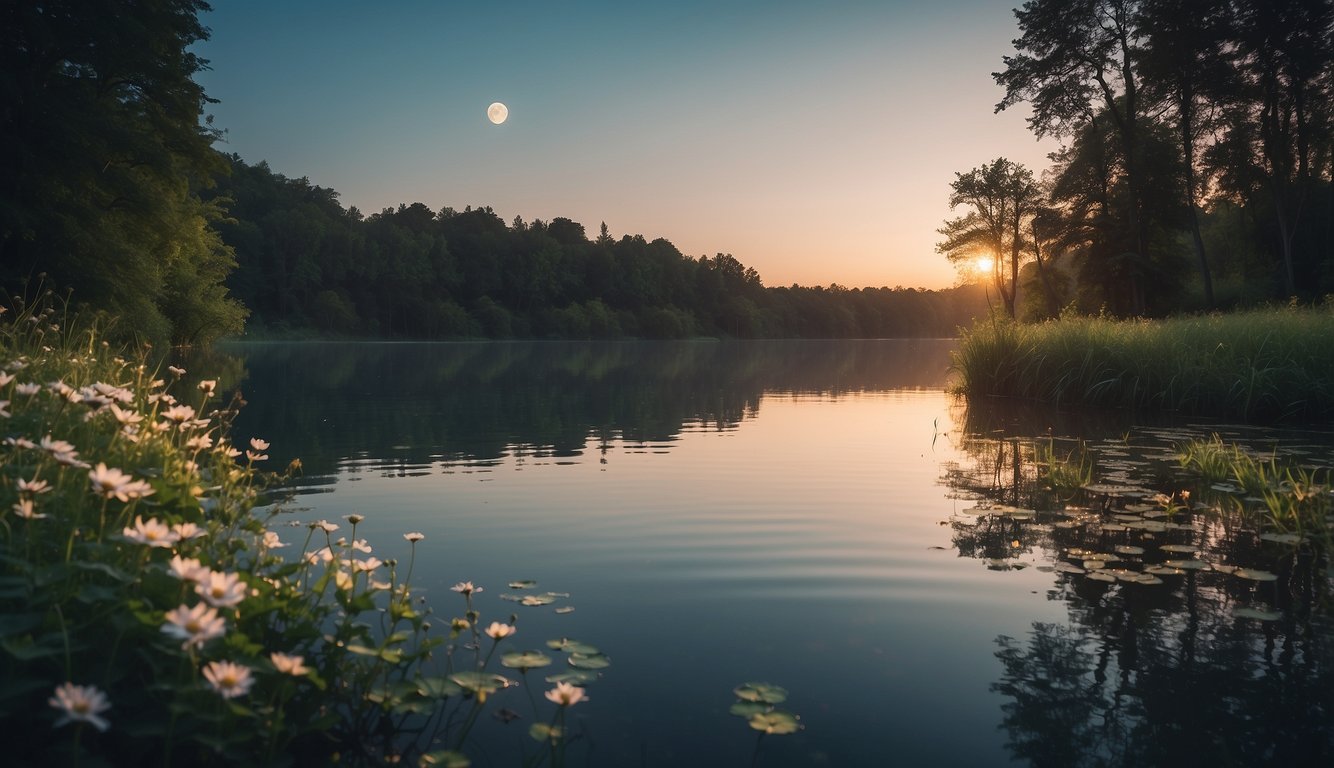
Water goddesses have been revered for their spiritual and healing properties for centuries. Many people believe that communicating with them can provide emotional healing, solace, and guidance.
Water goddesses are often associated with purification, renewal, blessings, and protection.
Emotional Healing and Solace
Water is often seen as a symbol of emotions, and water goddesses are believed to have the power to help people navigate their emotions.
People can find solace and emotional healing by communicating with a water goddess. They may be able to gain a new perspective on their emotions and find ways to work through them.
Purification and Renewal
Water is also associated with purification and renewal. Water goddesses can help people cleanse themselves of negative energy and start anew. By communicating with a water goddess, people can find the strength to leave behind negative patterns and start fresh.
Blessings and Protection
Water goddesses are often seen as protectors and providers of blessings. By communicating with a water goddess, people can ask for protection from negative energy and blessings for their endeavors. They may find that their lives are filled with more positivity and success after communicating with a water goddess.
In conclusion, communicating with water goddesses can provide spiritual and healing benefits. Whether seeking emotional healing and solace, purification and renewal, or blessings and protection, people can find guidance and support from these powerful entities.
Water Goddesses in Modern Context
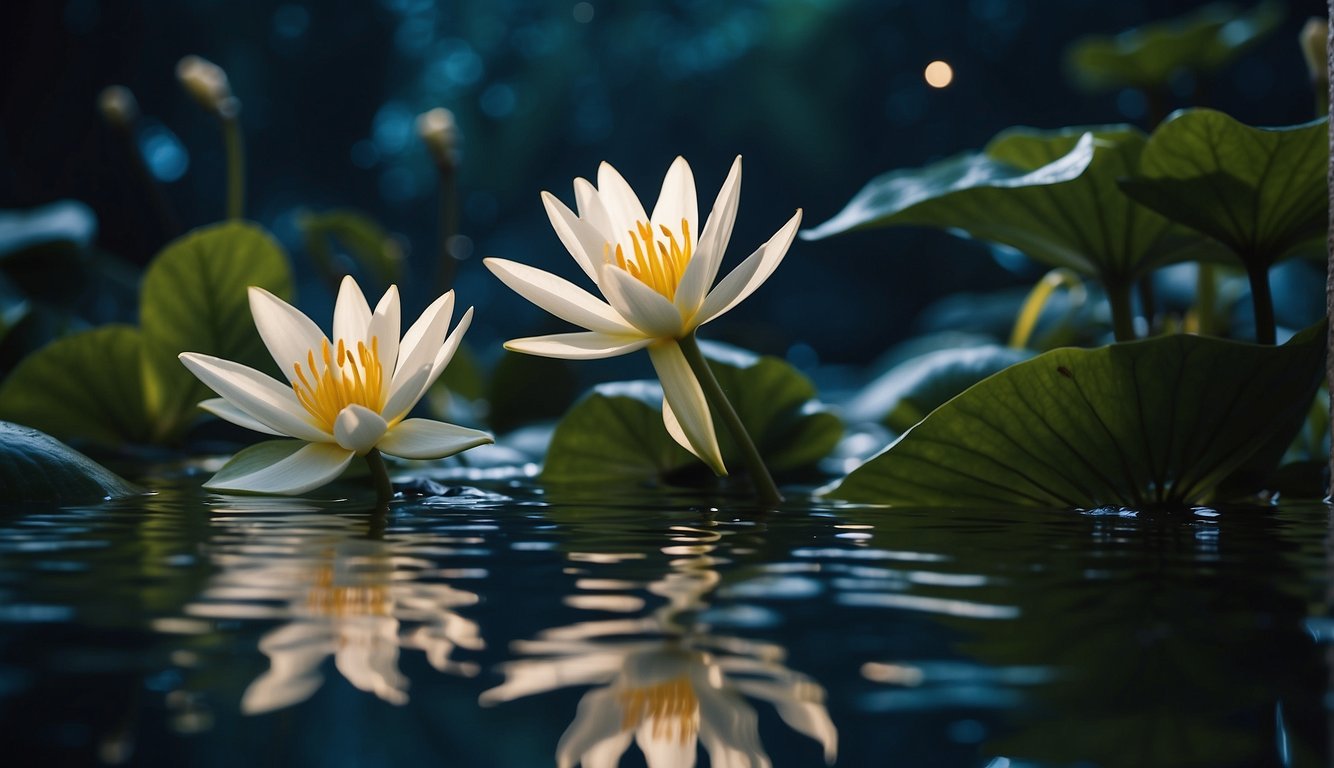
Water goddesses have been worshipped and revered for centuries, and their influence can still be seen in modern times. In this section, we will explore the contemporary worship and groups, influence on art and media, and environmental connection of water goddesses.
Contemporary Worship and Groups
Many people still worship water goddesses in modern times, and there are numerous groups dedicated to their worship and reverence. These groups often hold ceremonies and rituals to honor the water goddesses and to connect with their spiritual energy.
Some groups also work to protect the natural world, which is seen as a manifestation of the water goddesses’ power.
Influence on Art and Media
Water goddesses have also had a significant influence on art and media. Many artists have been inspired by the beauty and power of water, and have created works that reflect this inspiration.
Water goddesses are often depicted in art, both ancient and modern, as symbols of abundance, prosperity, and spiritual connection.
Environmental Connection
Water goddesses are closely connected to the natural world, and many people see them as guardians of the environment. In modern times, this connection has become more important as people have become more aware of the impact of human activity on the planet.
Many environmental groups draw inspiration from the reverence for water goddesses, and work to protect the natural world as a way of honoring their power.
In conclusion, water goddesses have played an important role in human culture for centuries, and their influence can still be seen in modern times. From contemporary worship and groups to their influence on art and media and their connection to the natural world, water goddesses continue to inspire and guide people in their spiritual and environmental journeys.
Conclusion

Communicating with water goddesses can be a rewarding experience for those seeking wisdom, knowledge, community, connections, and significance. By following the tips and techniques outlined in this article, one can establish a deeper connection with these divine entities.
It is important to approach communication with water goddesses with respect and reverence, recognizing their power and influence. Creating a sacred space and setting intentions can help establish a clear channel of communication. Using tools such as crystals, candles, and incense can also enhance the experience.
One should also be open to receiving messages in various forms, such as dreams, visions, or synchronicities. It is important to trust one’s intuition and inner guidance when interpreting these messages.
Finally, it is important to remember that communication with water goddesses is a two-way street. It is important to listen and be receptive to their messages, as well as to offer gratitude and offerings in return.
Overall, communicating with water goddesses can be a powerful and transformative experience for those seeking deeper spiritual connections. With patience, practice, and an open heart, one can establish a meaningful relationship with these divine entities.
